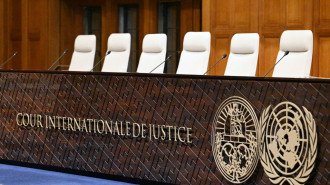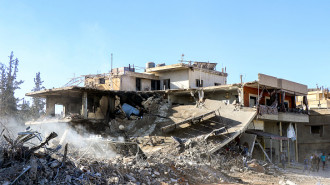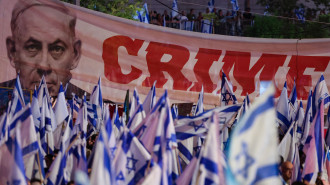UN probe to present findings on Syria chemical attacks
A yearlong investigation to determine who stands behind deadly chemical attacks in Syria takes centre stage at the United Nations after new footage from a gas attack on the Damascus suburbs of al-Ghouta were released by Anadolu news agency last week.
The Joint Investigative Mechanism [JIM] set up by the UN Security Council has been collecting evidence in nine cases of alleged toxic gas attacks on Syrian villages in 2014 and 2015, and is due to present its much-awaited findings this week.
Diplomats are hoping that the 24-member panel tasked with identifying those responsible will finally point the finger at President Bashar al-Assad's forces.
"I expect absolute clarity that there have been these chemical weapons attacks in Syria, and - to the extent that the evidence allows it - absolute clarity about who is responsible for each one," said British Ambassador Matthew Rycroft.
"We are very keen indeed to ensure full accountability. Whoever uses chemical weapons in Syria needs to be held accountable," he said.
 |
The JIM has presented two reports to the council including an update in June in which it reported progress, but stressed that identifying the perpetrators hinged on gathering sufficient information |  |
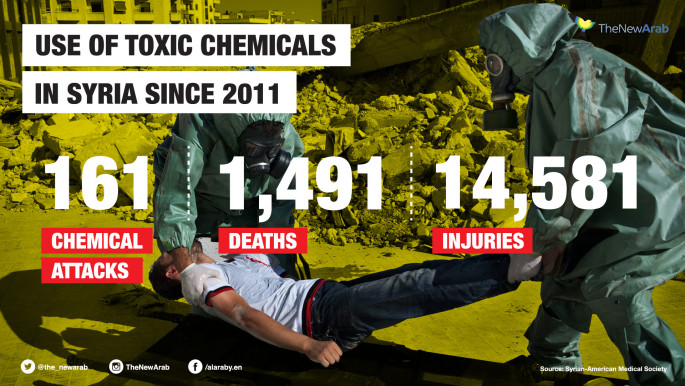 |
| [Click to enlarge] |
French Deputy Ambassador Alexis Lamek said "this is a very important report" and stressed that the council will have to follow up on "whatever its findings will be."
The JIM has presented two reports to the council including an update in June in which it reported progress, but stressed that identifying the perpetrators hinged on gathering sufficient information.
The panel is looking into nine attacks on seven villages in the Hama, Idlib and Aleppo provinces.
The report will be presented on Wednesday to the council, which will then discuss the findings at a meeting on 30 August.
The probe dates back to the April 2014 attack on the rebel-held village of Kafr Zita, followed by a string of alleged use of noxious gas in Idlib province on the towns of Talmenes, Al-Tamana, Qmenas, Binnish and Sarmin.
Several people including children died in the attacks and dozens were hospitalised suffering from vomiting and shortness of breath, according to rights groups that have documented witness accounts.
Last week, Anadolu news agency released new images of the al-Ghouta chemical attack to mark the attack's third anniversary.
The video depicted dead bodies of women and children, showing doctors desperately trying to revive people affected by the gas attack.
Syrian regime and rebels have traded accusations over which side is using chemical gas in their shelling.Blame could also be assigned to Islamic State militants suspected of using mustard gas on the town of Marea in Aleppo province on 21 August 2015.
Agencies contributed to this report.
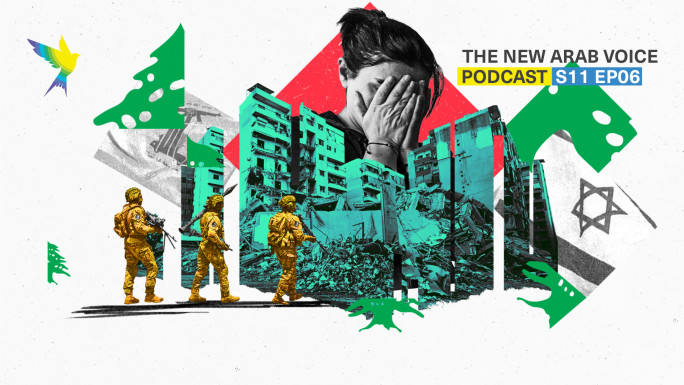
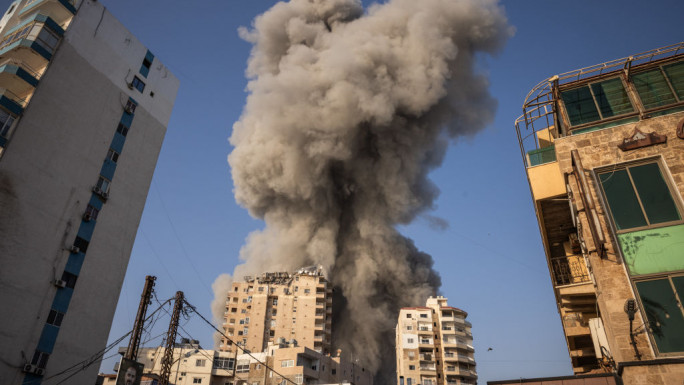
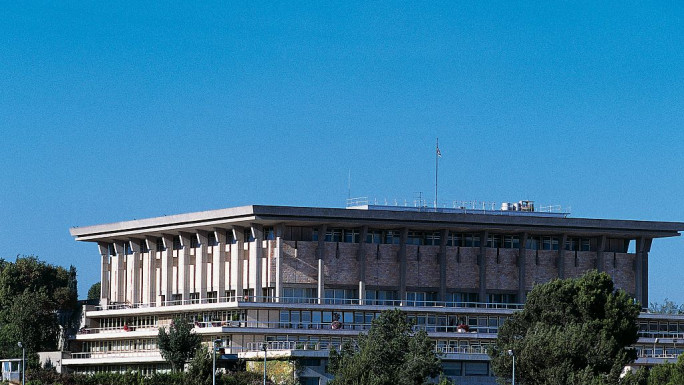
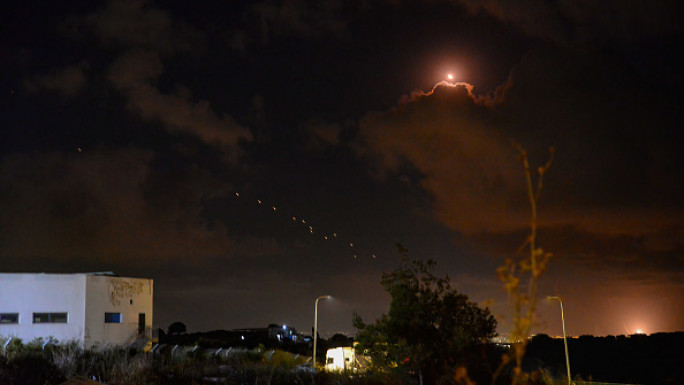
 Follow the Middle East's top stories in English at The New Arab on Google News
Follow the Middle East's top stories in English at The New Arab on Google News
